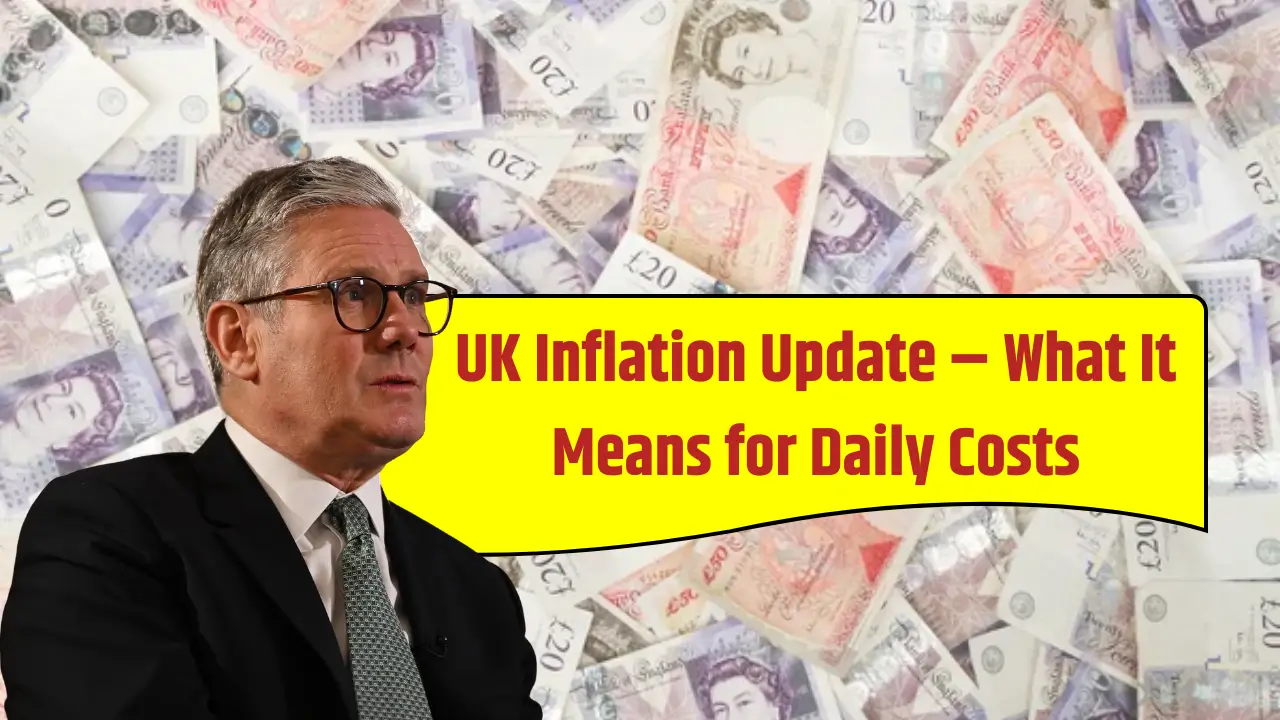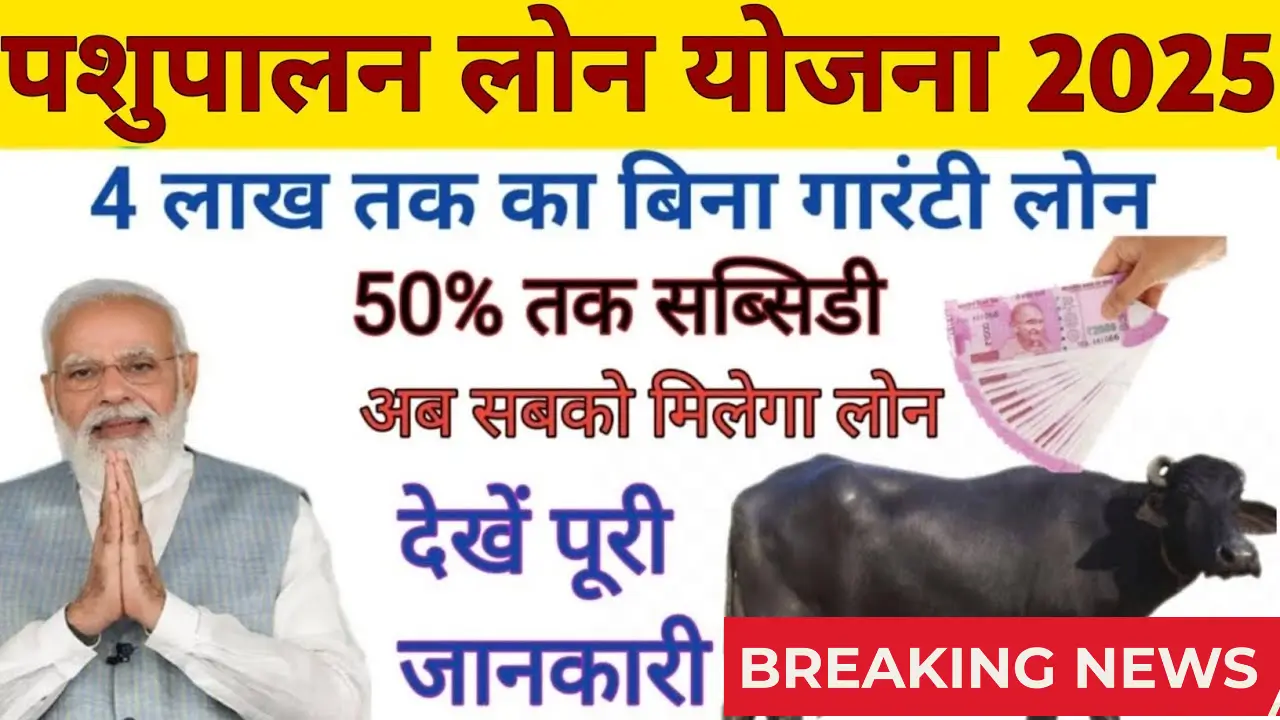The UK Inflation Update for 2025 reveals important insights into how rising prices are impacting everyday living expenses for households across the country.
Inflation—the rate at which prices for goods and services increase—has a direct effect on household budgets, influencing the cost of essentials like food, housing, transport, and utilities.
As the inflation rate stabilises near 3.8%, understanding the sectors driving these increases and their implications is crucial for consumers and policymakers alike.
This article provides a detailed overview of the current inflation landscape in the UK, key factors influencing price changes, how inflation affects daily costs, and what households can expect moving forward in 2025 and beyond.
Understanding the Current UK Inflation Rate
According to the latest data from August 2025, the Consumer Price Index (CPI) inflation rate in the UK is steady at 3.8%, marking one of the highest levels since January 2024. This rate has been relatively consistent over recent months, reflecting persistent upward cost pressures in various sectors, even as some prices have softened slightly.
It is important to distinguish between CPI and CPIH inflation measures—CPIH includes owner occupiers’ housing costs, which account for around 17% of the basket and provide a more comprehensive view of inflation experienced by households.
The CPIH inflation rate stood at 4.1% in August 2025, slightly down from 4.2% in July. This indicator is particularly relevant for homeowners who face fluctuations in mortgage interest and housing-related costs.
What Is Driving Inflation Upwards?
Inflation is influenced by a combination of factors in the UK economy. Some of the key drivers in 2025 include:
- Food Prices: Food inflation accelerated to 5.1% year-on-year, driven by supply chain issues, weather disruptions, and increased production costs. This rise affects everyday grocery shopping and meals.
- Housing and Utilities: Costs related to housing, including energy bills and owner occupiers’ housing costs, remain elevated at around 7.4%, though showing signs of easing from previous highs. This can impact both renters and homeowners through increased rent and utility expenses.
- Transport Costs: Motor fuels have contributed significantly to inflation, despite some softening of airfares and public transport fares. The cost of fuel influences commuting, travel, and delivery services.
- Services: Inflation on services—such as restaurant meals, hotels, and personal care—has risen to 4.9%, reflecting wage pressures and increased operational costs faced by businesses.
In contrast, areas such as clothing and footwear have seen much smaller price increases, with inflation around 0.2%, and airfares have actually declined, mitigating overall inflation somewhat.
Sectoral Impact on Daily Household Budgets
The varied inflation rates across sectors translate differently for households depending on consumption patterns. The table below demonstrates estimated inflation rates for key expense categories relevant to UK households in 2025.
| Sector | Approximate Annual Inflation Rate (2025) | Impact on Household Expenses |
| Food and Non-Alcoholic Beverages | 5.1% | Higher grocery bills and food costs |
| Housing and Household Services | 7.4% | Increased mortgages, rent, energy bills |
| Transport | 3.8% | Rising fuel costs, higher travel expenses |
| Restaurants and Hotels | 4.9% | Costlier dining out and accommodation |
| Clothing and Footwear | 0.2% | Minimal impact on clothing budgets |
| Recreation and Culture | 3.2% | Slight increase in leisure activities costs |
How Inflation Affects Different Types of Households
Inflation impacts various households differently depending on income level, housing tenure, and spending habits. For example:
- Low-income households often spend a larger portion of their budgets on essentials such as food and utilities, making them particularly vulnerable to inflationary pressures in these areas.
- Homeowners with mortgages face rising housing costs related to energy and interest rates, which increases monthly outgoings.
- Renters may be affected as landlords pass on increased costs through higher rents.
- Commuters and transport-dependent individuals face higher fuel and transit expenses, affecting daily travel costs.
Understanding these distinctions helps in tailoring policy responses and support mechanisms for affected communities.
Monetary Policy Response and Inflation Outlook
In response to these inflationary pressures, the Bank of England’s Monetary Policy Committee (MPC) has maintained the Bank Rate at 4% as of September 2025, aiming to balance controlling inflation without overly restricting economic growth.
The MPC acknowledges a gradual easing in inflation but remains cautious about upward wage pressures that could sustain inflation above the 2% target in the medium term.
Economic forecasts from organisations like the OECD suggest that inflation for the UK in 2025 is expected to average around 3.5%, which while high compared to peer nations, indicates a gradual decline through the remainder of the year.
Practical Tips for Managing Inflation Impact
Households can adopt several strategies to manage the impact of inflation on their daily expenses, such as:
- Budgeting carefully and prioritising essential expenses like food and utilities.
- Shopping for value and taking advantage of discounts or bulk buying.
- Reducing energy consumption to mitigate rising utility bills.
- Using public transport or carpooling where possible to save on fuel costs.
- Considering switching to fixed-rate energy tariffs to lock in prices.
While inflationary pressures cannot be fully avoided, thoughtful planning can lessen financial strain.
Forecast Table: UK Inflation Rates and Projections 2024-2026
| Year | Average CPI Inflation Rate | Key Influences |
| 2024 | 4.0% | Energy price spikes; supply chain |
| 2025 | 3.5% (forecast) | Food price rises; wage pressures |
| 2026 | 2.7% (projected) | Expected easing; monetary tightening |
Conclusion
The UK Inflation update for 2025 underscores ongoing challenges with rising living costs, especially in food, housing, utilities, and transport. At 3.8% CPI inflation, prices are increasing faster than wages for many households, squeezing budgets and impacting everyday expenditures.
Policymakers remain vigilant with monetary tools like interest rate adjustments to steer inflation back toward the 2% target. For consumers, understanding the inflation landscape and adapting spending habits remain essential tools for maintaining financial stability in the face of ongoing price pressures.
FAQs on UK Inflation and Daily Costs
1. What is the current UK inflation rate?
The most recent figures show an inflation rate of roughly 3.8% as of August 2025.
2. Which household expenses are rising the fastest due to inflation?
Food prices, housing and utility costs, and transport expenses are seeing the highest increases.
3. How does inflation affect my daily shopping and bills?
Inflation causes prices for groceries, fuel, energy, and services to rise, increasing monthly spending needs.
4. What is the Bank of England doing to control inflation?
The Bank of England maintains interest rates and monitors the economy closely to bring inflation back to the 2% target.
5. Can I do anything to protect myself from rising costs?
Yes, budgeting carefully, controlling energy use, shopping smartly, and considering fixed energy tariffs can help manage inflation’s impact.














